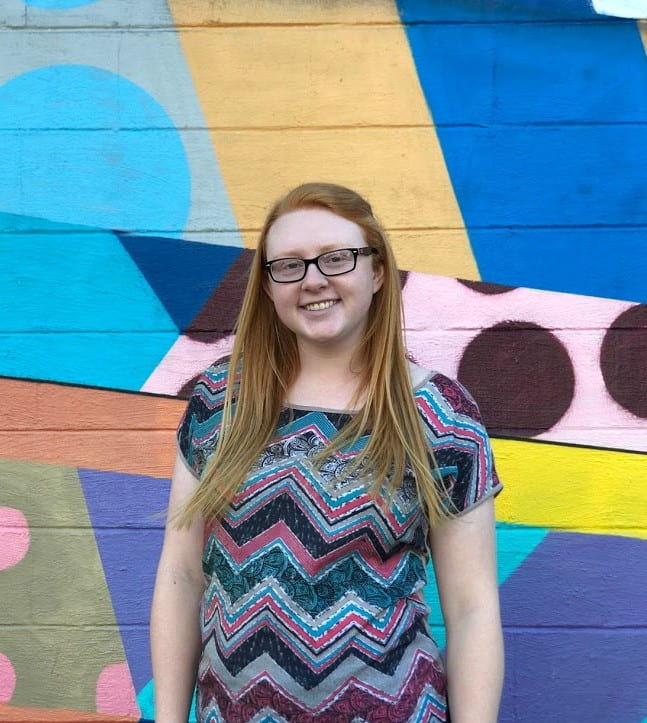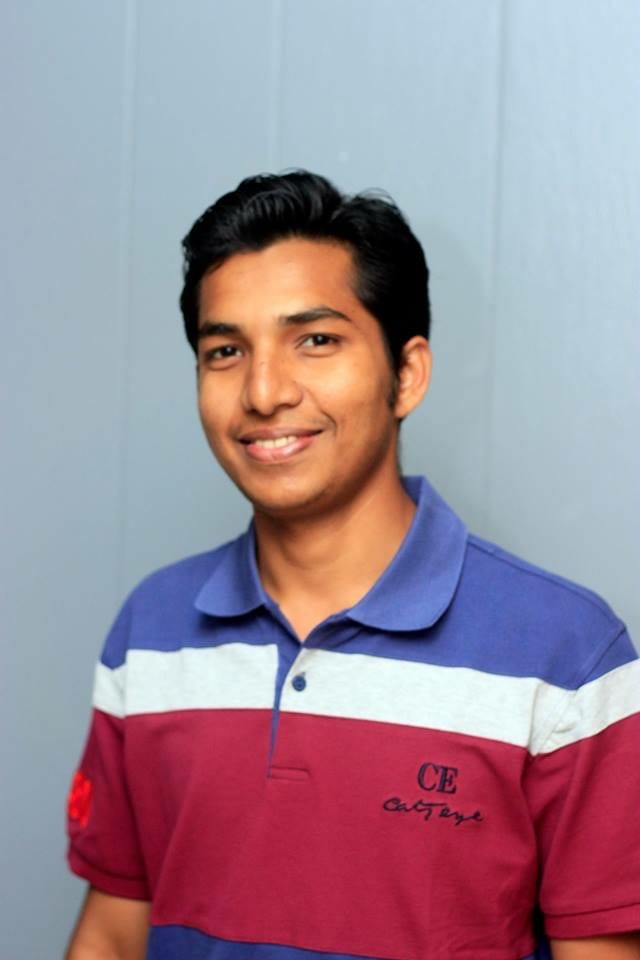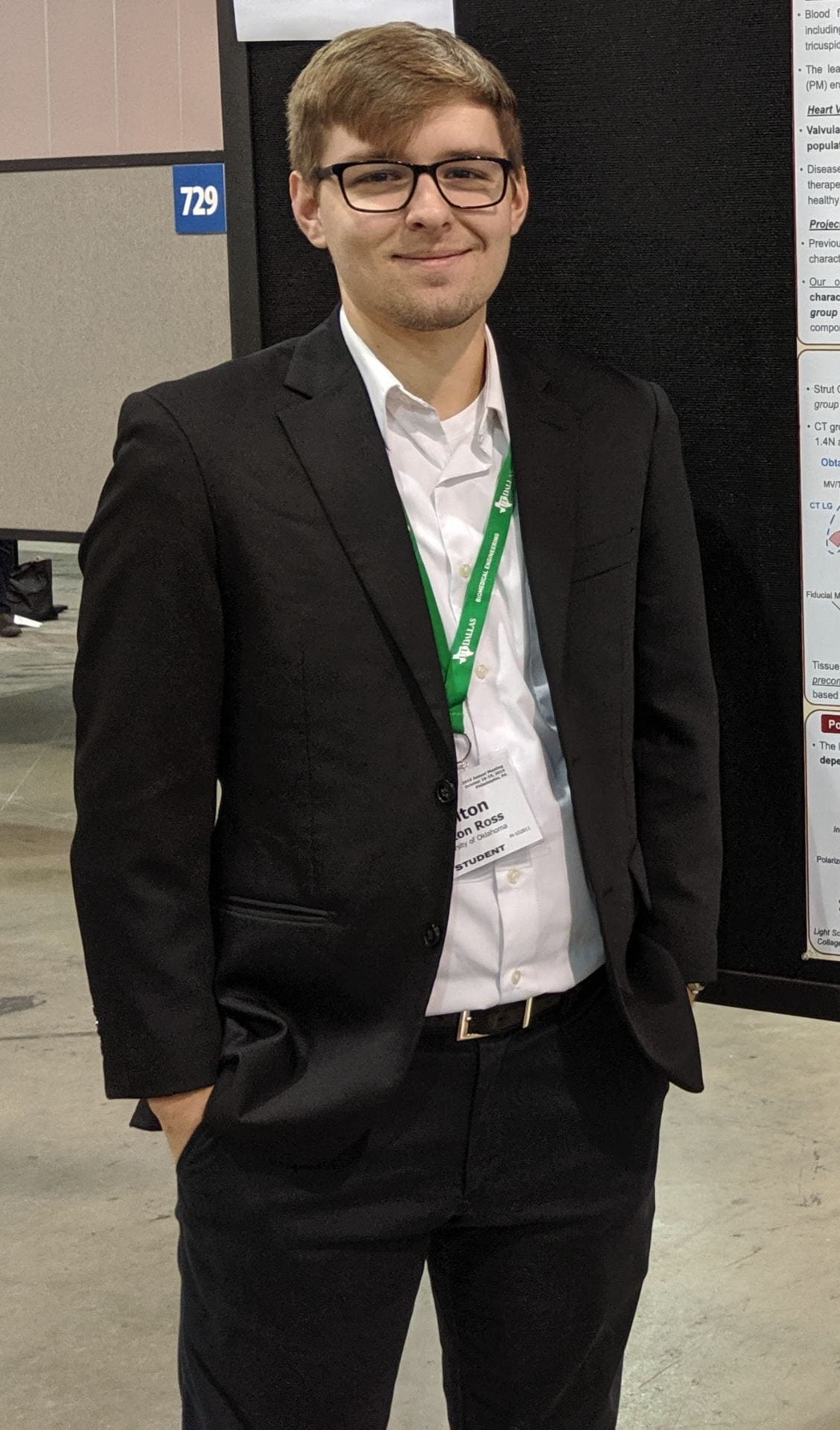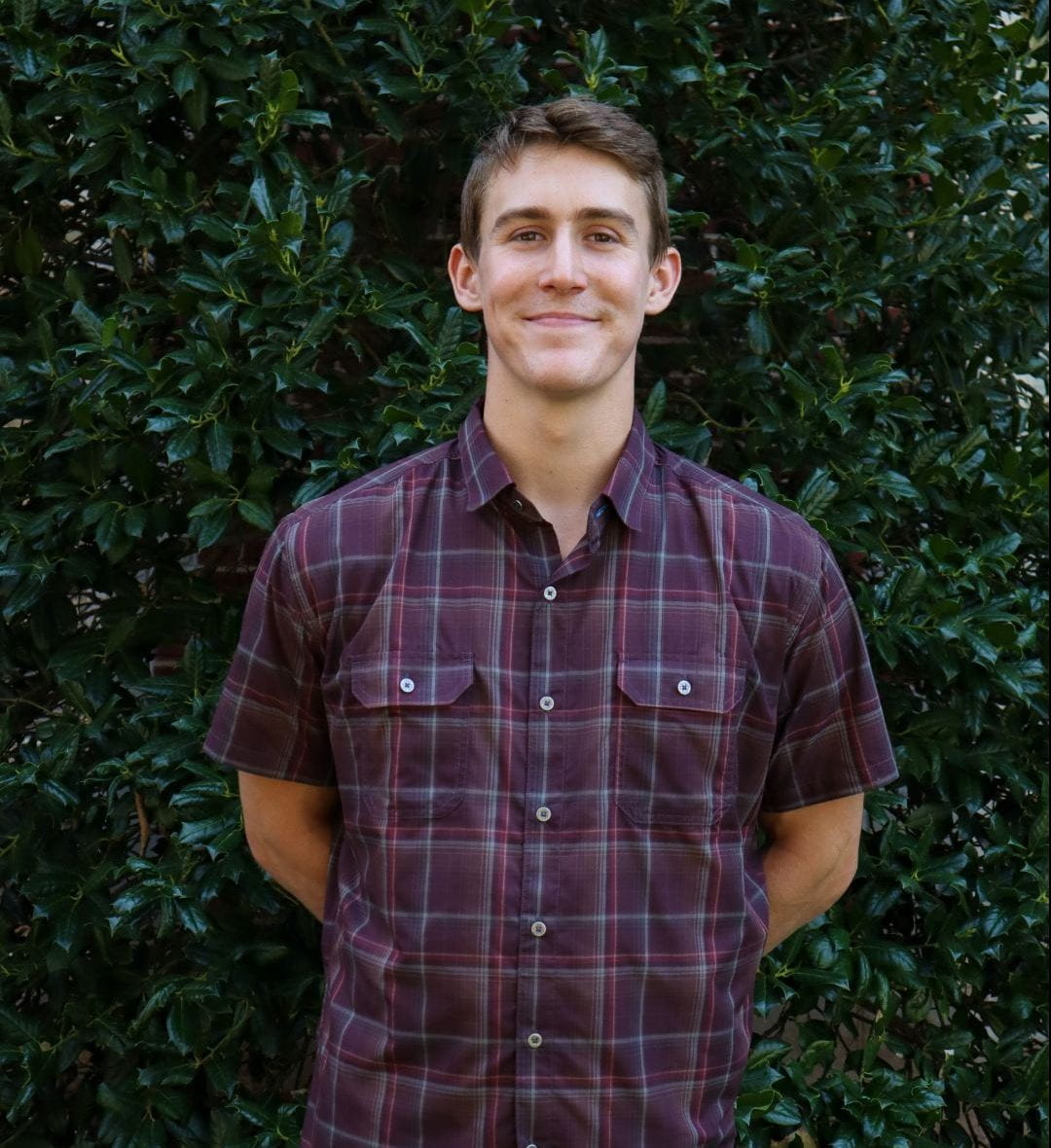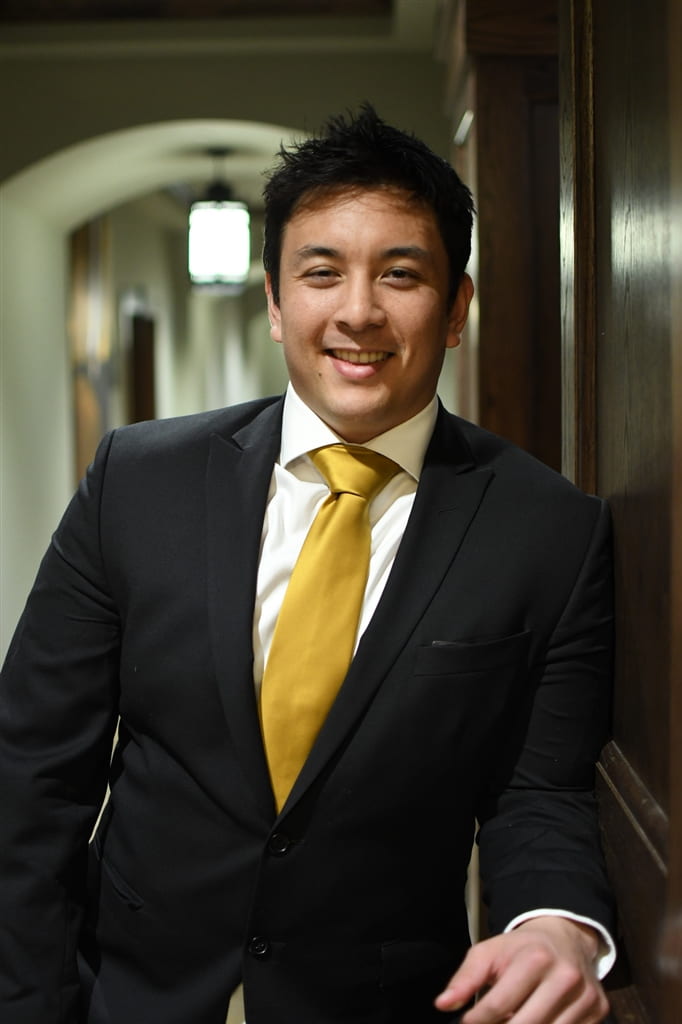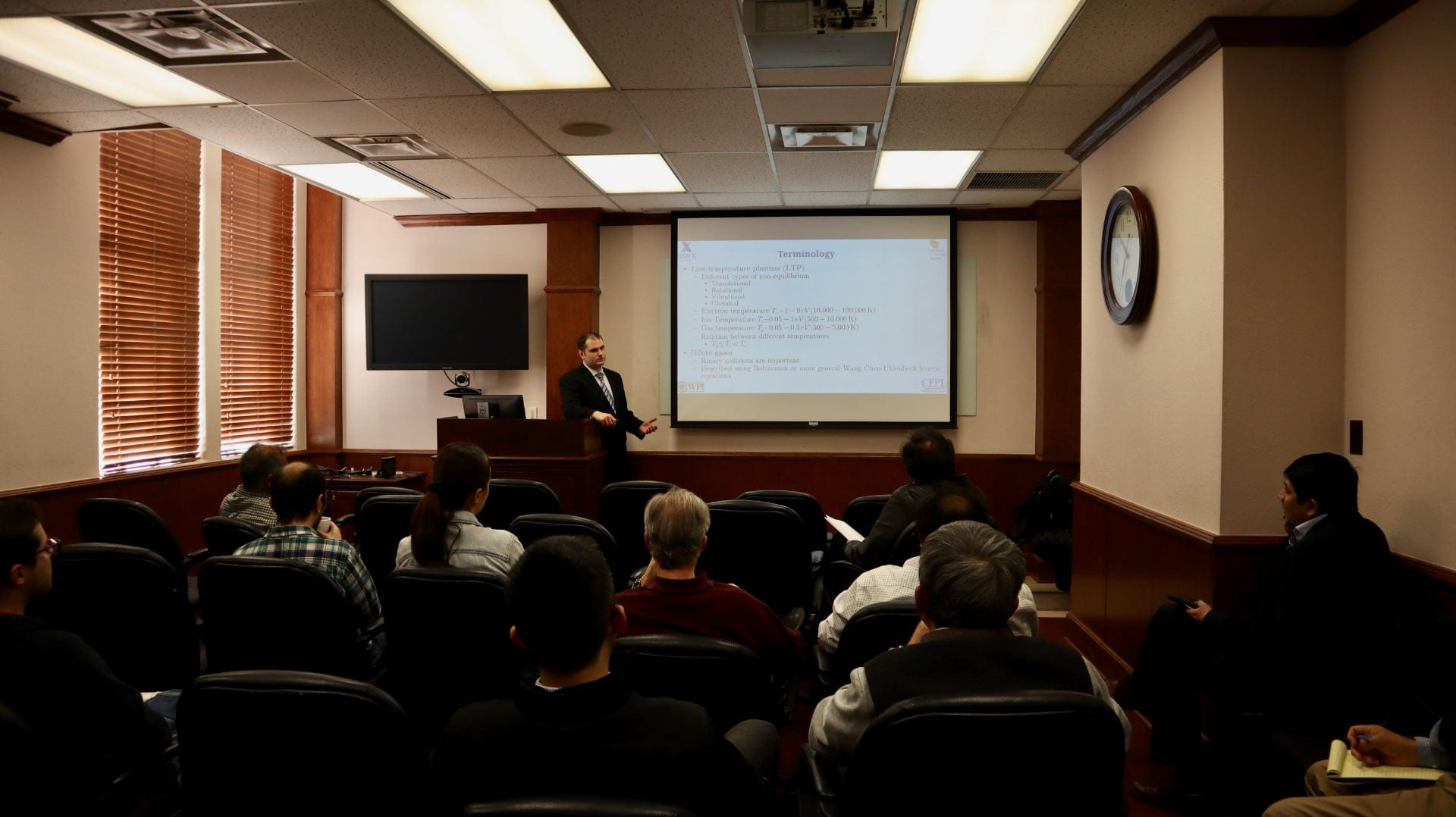In Spring 2020, AME granted several Undergraduate Research Opportunity Awards (UROA) to faculty and undergraduate students. Dr. Yingtao Liu and his student, Vincent Webster, received one of these awards, which Phillips 66 sponsored. Vincent is a senior in aerospace engineering. About his research, Vincent writes:
My research consisted of developing flexible sensors used in several applications including human motion detection, sensor arrays, soft robotics, biomechanics, structural health monitoring, and prosthetic devices. These sensors measure the force applied to them using a technique called piezoresistivity. Piezoresistivity is characterized as the change in electrical resistance of the material due to an applied deformation. Highly flexible piezoresistive sensors typically decrease their electrical resistance during an applied load. The decrease in resistance occurs due to the variation of microstructures and properties of the materials under loads. To fabricate these sensors, flexible PDMS polymer, was used as the bulk material of the sensor. Carbon nanotubes were uniformly dispersed within the polymer to form the electrical conductive network microstructures. Sugar particles were then added during the fabrication process to create a mixture of carbon nanotube, PDMS, and sugar combination. The sample is then submerged in water to ideally release all the sugar from the sample. The traditional sugar removal method using water can take days to completely remove all the sugar particles. To reduce this extraction time, we would submerge the samples in water and microwave them. This would rapidly increase the temperature of the samples within a minute and the samples would expand and allow water to saturate the sample, leading to the rapid removal of all sugar particles and forming desired open-cell microstructures.
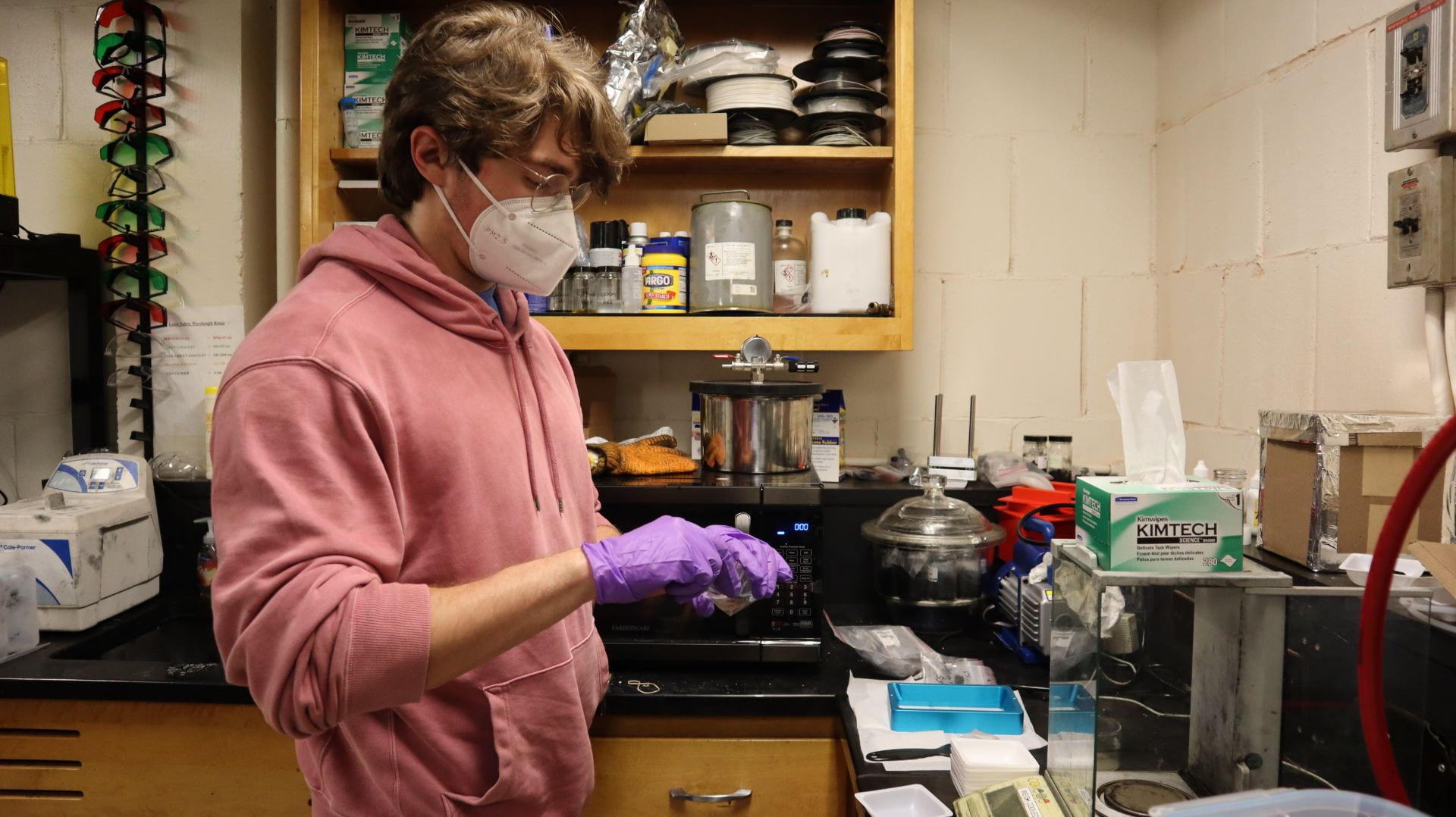 This research built a solid foundation for the rapid manufacturing of piezoresistive polymer foams for broad sensing applications. Our preliminary results have demonstrated that the developed method is able to effectively control materials’ microstructures, enhance carbon nanotube dispersions, and optimize their sensing function. Collaborating with Dr. Liu’s graduate student, Blake Herren, has motivated me to pursue graduate study at OU. Many thanks to the generous support of AME and Phillips 66.
This research built a solid foundation for the rapid manufacturing of piezoresistive polymer foams for broad sensing applications. Our preliminary results have demonstrated that the developed method is able to effectively control materials’ microstructures, enhance carbon nanotube dispersions, and optimize their sensing function. Collaborating with Dr. Liu’s graduate student, Blake Herren, has motivated me to pursue graduate study at OU. Many thanks to the generous support of AME and Phillips 66.
Great job, Vincent!



